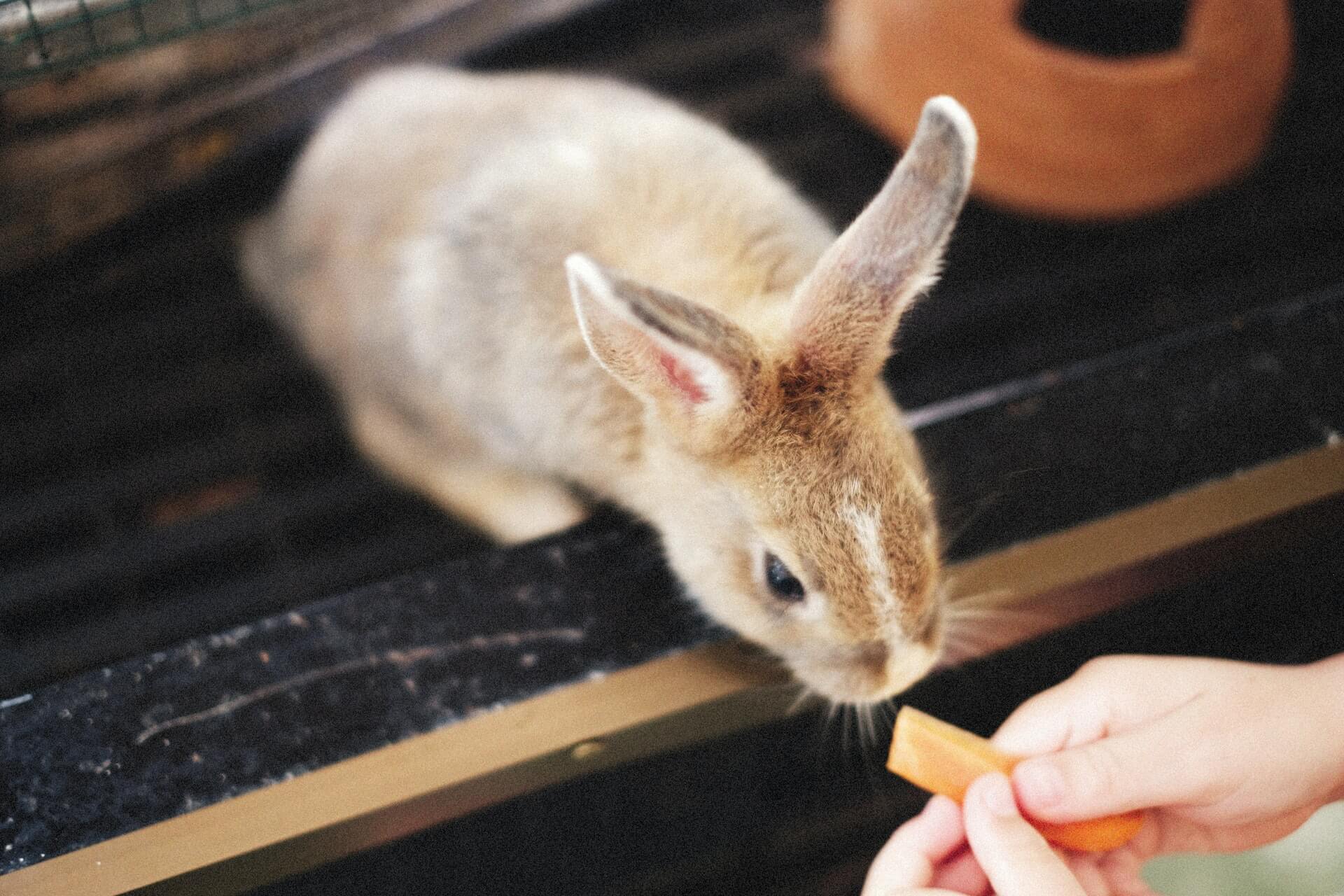Rabbits are beloved pets known for their gentle nature and charming personalities. While they may seem quiet and reserved at first, these delightful creatures have a complex range of behaviors that make them fascinating companions. To ensure a happy and harmonious relationship with your pet rabbit, it’s essential to understand their social nature and unique traits. In this comprehensive guide, we’ll delve into the world of rabbit behavior, shedding light on their social tendencies and individual characteristics.
The Social Nature of Rabbits
1. Group Animals
In the wild, rabbits are social animals that live in groups called colonies or warrens. They rely on the safety and companionship of their fellow rabbits for survival. This social structure has a profound impact on their behavior as pets.
2. Bonding with Humans
Pet rabbits can form strong bonds with their human caregivers, often becoming affectionate and loyal companions. However, building trust and a positive relationship requires patience and understanding.
3. Loneliness and Depression
Rabbits are susceptible to loneliness and depression if kept in isolation. It’s recommended to house rabbits with at least one compatible partner to fulfill their social needs. Two spayed or neutered rabbits of the opposite sex often make an ideal pair.
Understanding Rabbit Behavior
1. Binkying
“Binkying” is a delightful behavior often observed in happy rabbits. It involves leaps, twists, and spins in the air, indicating sheer joy and excitement. Binkying is a sign of a content and playful rabbit.
2. Grooming
Rabbits are meticulous groomers. They will often groom themselves and their bonded partner as a sign of affection and bonding. If your rabbit grooms you, consider it a significant display of trust and affection.
3. Digging and Burrowing
Rabbits have a strong instinct to dig and burrow. Providing them with an appropriate digging area or toys can satisfy this natural behavior and prevent destructive digging in your home.
4. Chewing
Rabbits have continuously growing teeth, and they need to chew to wear them down. Providing safe chew toys is essential to maintain their dental health. Be prepared for some nibbling on furniture and other objects if you don’t provide suitable alternatives.
5. Thumping
Rabbits may thump their hind legs on the ground when they sense danger or feel threatened. This loud thumping noise serves as an alert to other rabbits in the vicinity.
6. Nudging and Nuzzling
Nudging or nuzzling is a sign of affection and communication. Your rabbit may nudge you or other rabbits to get your attention, show affection, or ask for grooming.
Communication with Body Language
Understanding your rabbit’s body language is essential for interpreting their feelings and needs:
1. Ears
- Upright ears indicate curiosity and attentiveness.
- Flattened ears may signal fear, aggression, or illness.
2. Eyes
- Wide-open eyes with pupils fully dilated may indicate fear or excitement.
- Half-closed eyes often indicate contentment or relaxation.
3. Tail
- A raised tail is a sign of curiosity and interest.
- A lowered tail can indicate submission or discomfort.
4. Posture
- A relaxed, stretched-out body signifies contentment.
- A tense, hunched posture may indicate fear or stress.
Respecting Their Space
While rabbits can be affectionate and enjoy human companionship, they also value their personal space:
1. Hiding
Rabbits may retreat to a quiet, enclosed space when they need privacy or feel threatened. Provide hiding spots in their living area for this purpose.
2. Napping
Rabbits are crepuscular, which means they are most active during dawn and dusk. They appreciate quiet times for napping during the day.
3. Territory
Rabbits can be territorial, especially when it comes to their living space. Introduce changes or new objects gradually to prevent stress.
Conclusion
Understanding rabbit behavior is essential for building a loving and trusting relationship with your furry companion. By recognizing their social nature, unique traits, and communication cues, you can provide the best possible care for your pet rabbit and ensure their happiness and well-being.
Remember that rabbits thrive on positive interaction, companionship, and a stimulating environment. Spend quality time with your rabbit, provide suitable toys and enrichment activities, and consider adopting a bonded pair to meet their social needs. With patience and respect for their individuality, you’ll enjoy a fulfilling and loving relationship with your pet rabbit.



